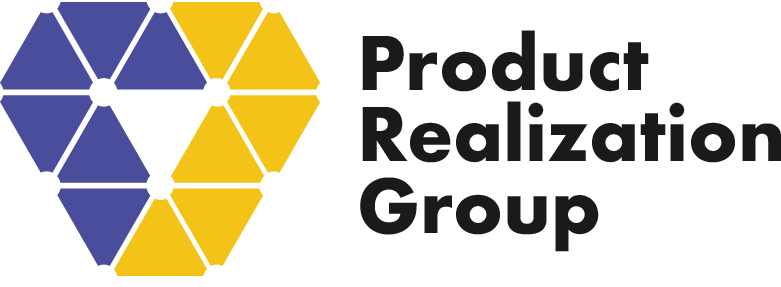

Shirish Joshi
Supply Chain and Operations Expert
Introduction
The aftershocks of the pandemic compelled a sweeping reassessment of the hardware manufacturing landscape. Amid these shifts, three transformational themes have emerged: the restructuring of supply chains, the integration of cutting-edge technologies, and the necessity for upskilling. Continue reading to gain a deeper understanding.
- Rethinking the Supply Chain:
COVID-19 revealed the vulnerability of the global supply chain, from absenteeism and cargo delays to factory shutdowns and raw material scarcities. In response, businesses are reconfiguring their operational strategies by addressing critical questions like:
- Do our suppliers align with our resilience goals?
- Are our suppliers strategically located?
- How can we fortify supply continuity amidst geopolitical uncertainties?
Recognizing these challenges, many firms are revisiting the feasibility of onshoring, diversifying supplier locations, reducing the total supplier count, and assessing geopolitical implications. Notably, several enterprises are exploring manufacturing in countries like Vietnam, Thailand, Malaysia, India, as well as reconsidering the U.S. as a viable hub.
- Embracing Next-Gen Technologies:
The transition towards “smart factories” or Industry 4.0 is gaining momentum. With factories integrating data-rich sensors, the traditional manual and fragmented data collection is being replaced by a more unified and interconnected strategy.
These enhancements allow real-time data-driven decisions. One pivotal component is edge computing, which facilitates on-site decision-making without extensive data relay processes.
3D printing, once synonymous with prolonged timelines and limited to plastics, has undergone transformational improvements. Today, it’s faster, offers heightened accuracy, and has expanded to metal printing. This evolution extends its utility beyond mere prototyping, enabling companies to bridge production gaps and rapidly cater to niche market needs.
Furthermore, digital simulations of assembly lines empower manufacturers to envision and optimize factory operations. This not only aids in identifying potential bottlenecks but also propels faster, more cost-effective production.
- Upskilling: Bridging the Knowledge Gap:
The pandemic spotlighted skill gaps within the hardware manufacturing industry. Upskilling has, therefore, become an imperative.
Key areas include:
- Data literacy for teams to harness the full potential of interconnected factories.
- Skill development for manufacturing and procurement teams to rapidly strategize and react to supply chain anomalies.
- Training engineers to collaborate seamlessly with intelligent machines, connecting smart devices with the broader digital ecosystem.
Additionally, the rising prominence of technologies like 3D printing necessitates specialized teams, urging OEMs to either invest directly in these domains or partner with equipped manufacturers.
Conclusion
The hardware manufacturing horizon signals a transformative era where adaptability, innovation, and resilience aren’t just desired but part of the core landscape. This new paradigm challenges us to relinquish age-old methodologies in favor of a more dynamic, forward-thinking approach. As industry leaders, the opportunity is for us to steer this transformative wave, ensuring a brighter and more sustainable future for hardware manufacturing.


